Observing technology trends by analysts, research companies, and thought leaders provides a broader perspective. It not only helps software architects to understand the impact of technologies being adopted but also helps them build the right skill set for themselves or their team.
This article synthesizes the top ten technology trends for 2024 and beyond based on my broader research, technology insights, observations, and industry experience.
#1 — Generative AI and AI Platforms
Generative AI appears as a key technology trends by Gartner Top Ten Strategic Technology Trends for 2024, Werner Vogel’s Top Predictions for 2024, IDC Industry FutureScape for 2024, and more.
- With industry disruption by Generative AI in the last few years challenging the common ways of working in the IT industry, it will continue to be one of the major technology trends in the coming years.
- The most promising part is the broader impact of Generative AI across industry verticals, product companies, cloud service providers, and many more. Click here to read about the applicability of Generative AI by product companies.
- Considering the early stages, as per research — only 10% of organizations have deployed Generative AI in production, but more than 50% are piloting. This indicates in 2024 and beyond, there will be a surge of technical initiatives to build Generative AI applications meeting diverse business use cases and internal efficiencies.
- AI-augmented development, content generation, conversational experience, and multi-agent applications for workflow and automation are the most common use cases being experimented with by enterprise organizations.
- Generative AI Platforms for the Enterprise, Observability of Generative AI applications, AIOps for end-to-end automation, Securing Gen AI applications, and Responsible AI will continue to be the major focus areas to be strengthened.
- Generative AI Platforms such as Amazon Bedrock, Azure AI, Google Vertex AI, NVIDIA AI, and IBM Watson will continue to trend enabling enterprise organizations to build AI & ML capabilities. Emerging players such as Scale AI, Galileo, Dataiku, Mosaic AI, DataRobot, and H2O.ai will offer novel solutions.
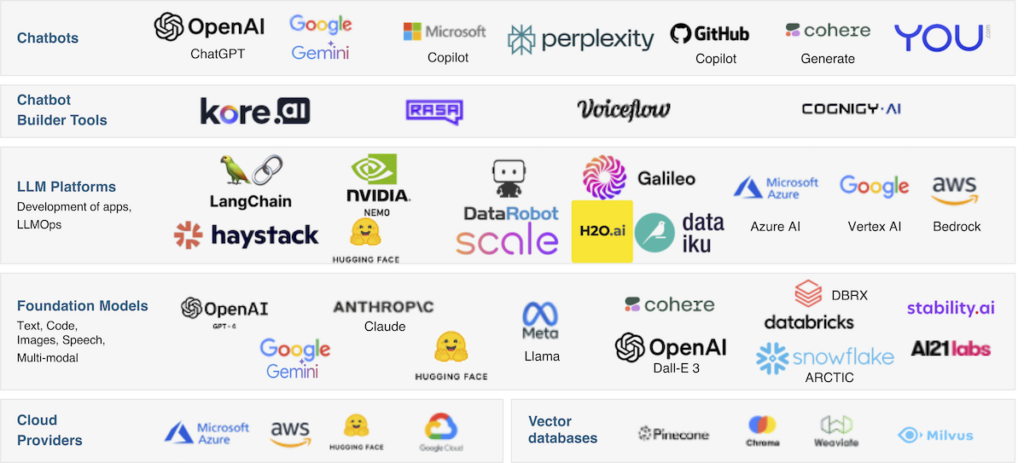
#2 — Cloud Data Platforms
Researchers estimate that, by 2026, we will exhaust high- quality text data for training LLMs, a trend that can slow down AI progress — CBInsights
Large language models (LLMs) trained on culturally diverse data will gain a more nuanced understanding of human experience and complex societal challenges. This cultural fluency promises to make generative AI more accessible to users worldwide.
— Werner Vogels (CTO, Amazon)
- With the rise of large-language models, the role of Data Platforms in providing relevant, contextual, and quality data will continue to evolve. With enterprise organizations adopting Cloud data platforms (including Cloud-based Data Warehouse, Data Lake, or Lakehouse solutions) — product companies will continue integrating their platforms with Generative AI capabilities and augment the entire lifecycle of building such apps.
- While Snowflake, Databricks, Google BigQuery, Amazon Redshift, and Azure Synapse are the leading Cloud data platforms. there are players such as Redpanda, Teradata, Fivetran, MongoDB, Redis, Couchbase, Cloudera, Confluent, etc. broadening their core offerings as a comprehensive data platform.
- Lakehouse architecture will continue to be a strategic technology initiative as part of the enterprise’s technology strategy considering it combines features of data lakes and data warehouses.
- The boundary between the Data platform and the Data Science, Machine Learning, or Generative AI platform will continue to diminish as most of the leading players are offering them as an integrated solution.
Additionally, engineering-heavy enterprise organizations will continue to extend their Cloud-provider-managed or self-managed data platform using Opensource technologies such as:
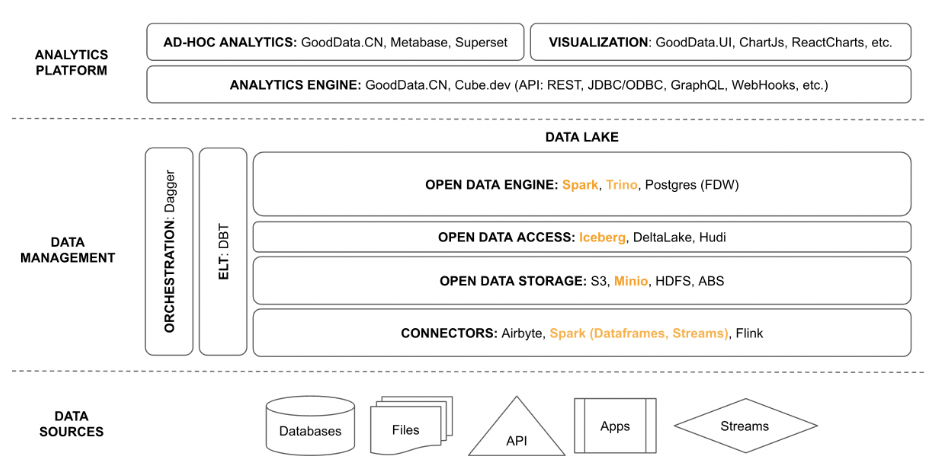
- Dremio, Presto, Trino, or Apache Drill as data query engine
- Spark, Flink, or similar as a data processing platform
- Parquet, Avro, Delta Lake, or similar for data storage format
- Iceberg, Hudi, or Delta lake as table storage format
- dbt, Dataform, or similar for ELT processing
- Airflow, Airbyte, Dagster, or similar for data processing workflow orchestration
#3 —Cloud-Native Platforms & Ecosystem
By 2027, more than 50% of enterprises will use industry cloud platforms to accelerate their business initiatives, up from less than 15% in 2023 — Gartner
- Cloud-native platforms and technologies are in mainstream adoption and the trend will continue in 2024 technology roadmap for companies. There are laggards in industry verticals and the cloud-native ecosystem will continue to provide the holistic solution to accelerate their journey.
- Industry cloud platforms, which offer tailored Cloud solutions as per industry verticals, will continue to emerge as a strategic initiative on the enterprise’s technology roadmap. With the power of SaaS, PaaS, and IaaS services, the Composability of these solutions will emerge as a business enabler.
- Opensource cloud-native technologies will continue to support the innovation ecosystem with communities as CNCF fosters vendor-neutral technologies.
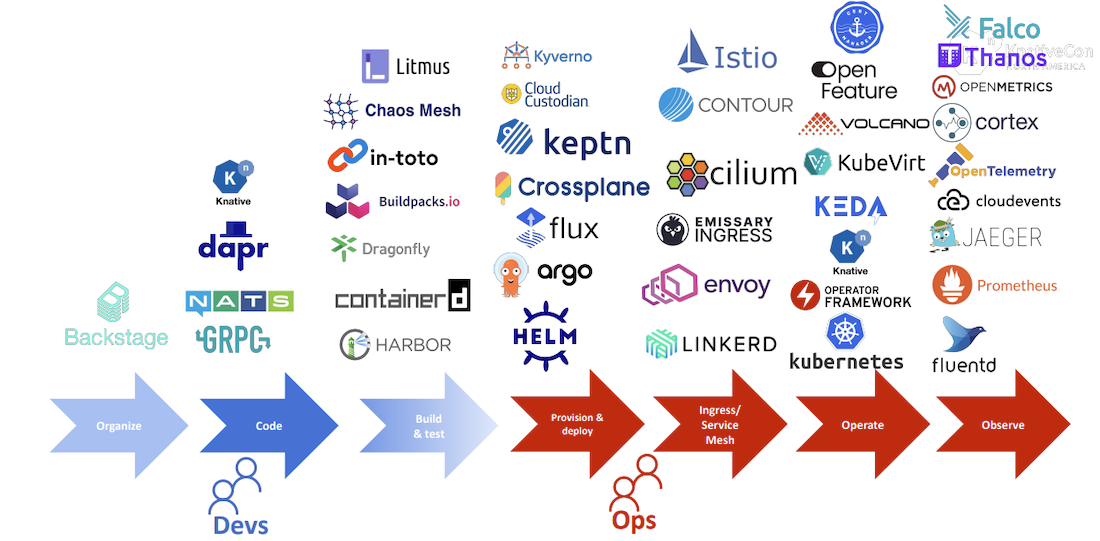
#4 — Event-driven Architecture
While event-driven architecture is in widespread use for 72% of global businesses, only 13% of organizations have reached the gold standard of event-driven architecture maturity — Solace Report
- While Event-driven architecture has reached mainstream adoption, the maturity model of architecture will continue to evolve in 2024.
- Event generation, event orchestration, event processing, event storage, event governance, event storage data format, event consumption, error handling, event data de-duplication, resiliency and scalability, and related patterns will continue to evolve with the maturity model.
- While there are Cloud-provider-specific event processing platforms, the adoption of Opensource solutions (Cloud-managed Service or self-managed) such as Kafka, Spark Streaming, Pulsar, Solace, and Flink will continue to rise in 2024.
- Vendor integration for real-time data using event-driven architecture will continue to be the major adoption approach as a technology initiative in large and medium-scale enterprise organizations.
- The role of Event-driven architecture in the era of Generative AI is pivotal for near real-time context to large-language models. This will give rise to patterns such as Event Mesh elevating the maturity of the data processing platforms.
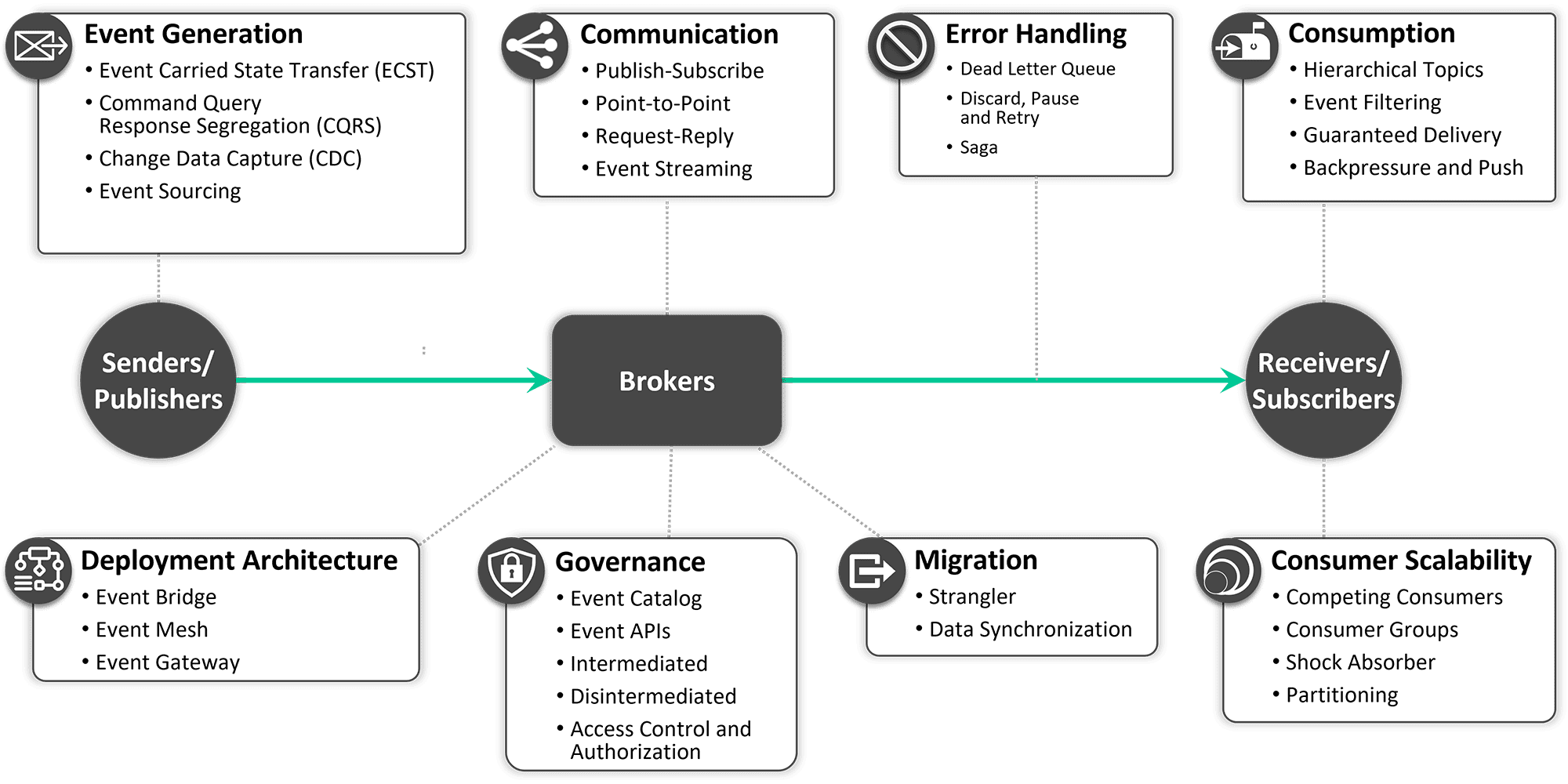
#5 — Software Supply Chain and Zero-trust Security
By 2026, 50% of organizations will be exposed to data breaches because of the lack of investments in post-quantum cryptography — IDC FutureScape 2024.
- With the rise of Generative AI, security practices around the large-language models to prevent attacks such as “prompt injection” will continue to be pivotal for the enterprise organization. Threat modeling and Security Guardrails Framework (independent of Cloud Service Provider) to enable enterprise-level security policies (threat modeling, threat detection, insights generation) for Generative AI applications will continue to evolve in 2024. Solutions such as NVIDIA’s NeMo Guardrails will continue to make life easier for developers to implement guardrails for large language models.
- Practices highlighted by OWASP Top 10 for Large Language Model Applications will continue to get attention from developers, architects, and technology leaders for adoption in 2024.
- A framework such as AI Trust, Risk, and Security Management (AI TRiSM) will become more pervasive in 2024, and beyond extending the security practices within an enterprise. Community-driven knowledge bases such as MITRE ATT&CK will continue to gain adoption for adversary tactics and techniques based on real-world observations.
- With the increasing complexity of cyber threats, organizations will continue to adopt proactive approaches as part of Continuous Threat Exposure Management (CTEM) to manage and mitigate risks. Growing threats will require stronger cybersecurity measures in 2024 and a focus on a zero-trust security approach.
- Software Supply Chain Security will continue to be the focus area for DevSecOps promoting a shift-left mindset in enterprise organizations.
- An emerging security technology such as Post Quantum Cryptography will be in an experimentation stage in 2024 and beyond.
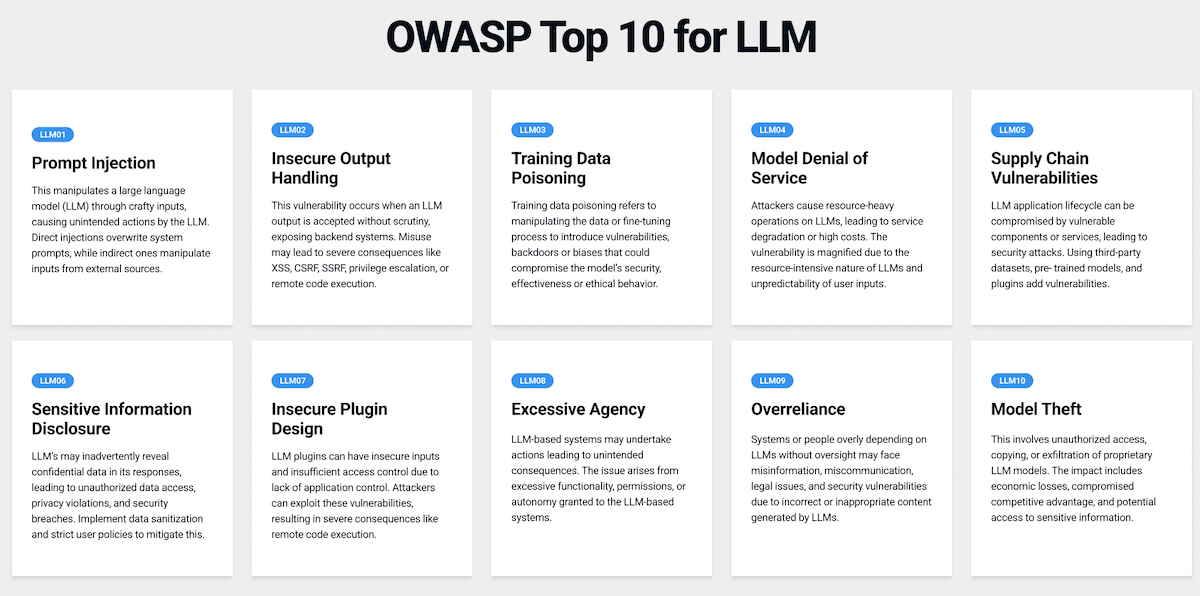
#6 — Platform Engineering
By 2026, 80% of software engineering organizations will establish platform teams as internal providers of reusable services, components and tools for application delivery — Gartner
- Enabling developer’s productivity with platform engineering practices such as self-service capabilities, continuous integration & deployment, continuous delivery, infrastructure automation, applying AI-augmented software development, and more.
- Building internal platforms will continue to trend considering the contextual nature of the organization and team to enable productivity. Click here to see the consolidated list of tools & technologies. While tools and technologies play the enablement role, engineering practices & organizational culture for the developers’ well-being play the pivotal role.
- Team Topologies approach to organizing software engineering teams has emerged as a great reference for building an effective platform engineering team.
- The measurement of productivity and engineering metrics will continue to be the recommended approach for assessing the maturity of the platform engineering. DORA (2018), SPACE (2021), and DevEx (2023) are the leading frameworks for measuring engineering and developers’ productivity metrics, which will continue to be adopted by enterprises.
- The journey from “infrastructure-as-a-code” to the recent trend of “infrastructure-from-code” will continue to be experimented with to enable developers to manage Cloud infrastructure using their favorite programming interface or a new language like Winglang.
#7 — No-code and Low-code Platforms
Low-code and No-code Platforms are in the early majority phase — InfoQ Software Architecture and Design Trends Report (2024)
As part of the 2023 technology trend report, low-code and no-code application platforms have been categorized with key players as below (with new additions):
- Enterprise low-code platforms: With a more readymade ecosystem for building apps such as Mendix, Microsoft Power Apps, Oracle APEX, OutSystems, Pega Infinity, Salesforce, ServiceNow, and more.
- Cloud service providers: There are cloud-native services to build business apps using Azure App Service, AWS Amplify, or Google Firebase. Additionally, Azure Power Apps, Google Cloud AppSheet, and AWS Honeycode provide a low-code-focused development ecosystem.
- Niche platforms: Specific players focusing on specialized areas such as Creatio, Caspio, Betty Blocks, Zoho, Kintone, Newgen, and Quickbase.
Low-code platforms have extended the objective of rapidly developing and deploying applications by leveraging AI-Assisted Development (AIAD), which accelerates development with the guidance of our built-in virtual co-developer assistants. Click here to read about how product companies are leveraging Generative AI.
The trend of adopting low-code and no-code platforms along with specialized SaaS solutions will continue to be on the technology roadmap for enterprises in 2024 and beyond.
#8— Edge-computing and IoT
By 2027, 85% of G2000 will rely on cloud providers and connectivity partnership for zero-touch provisioning and zero trust security at the end, reducing the burden on IT staff when using distributed AI functions — IDC Worldwide Cloud FutureScape, 2024
- Shift to edge computing has been the focus area for distributed applications built in the Cloud with CDNs, Edge Gateways, powerful mobile and IoT devices, etc.
- Processing data closer to its source will continue in 2024 and beyond for lower latency and improved performance for business applications.
- Internet of Things has witnessed substantial growth in connected devices and embedded computing power for automation, and the intelligent devices will continue to be built in 2024, and beyond.
#9 — Green Computing and Sustainability
By 2027, 25% of CIOs will have compensation linked to their sustainable technology impact — Gartner
- With the rise of Generative AI, Green computing and Sustainability are of utmost importance considering the power consumption surge by large-language models, and related processing.
- Organizations have recognized the importance of such practices, and environment-friendly technology solutions will be preferred in 2024, and beyond to support the cause.
- Gartner predicts the rise of the Sustainable Technology Framework in enterprise organizations to enable environmental, social, and governance (ESG) initiatives for long-term impact.
- Communities such as the Green Computing Foundation will increase awareness of sustainable IT practices promoting environmental responsibility, social equity, and economic development.
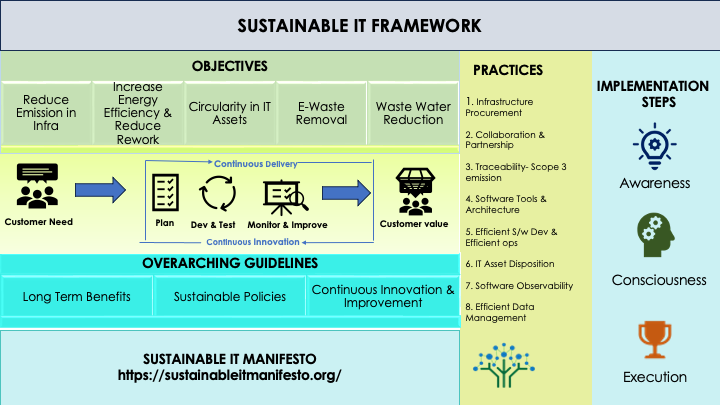
#10 — FinOps and Cloud Cost Management
Into 2025, all enterprises will deal with uncertain infrastructure costs and accessibility, triggering the use of stop-gap measures that make cloud economics and data logistics goals harder to achieve — IDC FutureScape 2024 Report
- With the rise of Generative AI, the organization’s cost considerations are pivotal to support additional costs for LLM tokens usage, compute & storage capacity, network bandwidth, and others.
- Community-driven initiatives such as The FinOps Foundation help with socializing Cloud Cost Management framework and practices, and organizations will continue to start leveraging these in 2024, and beyond.
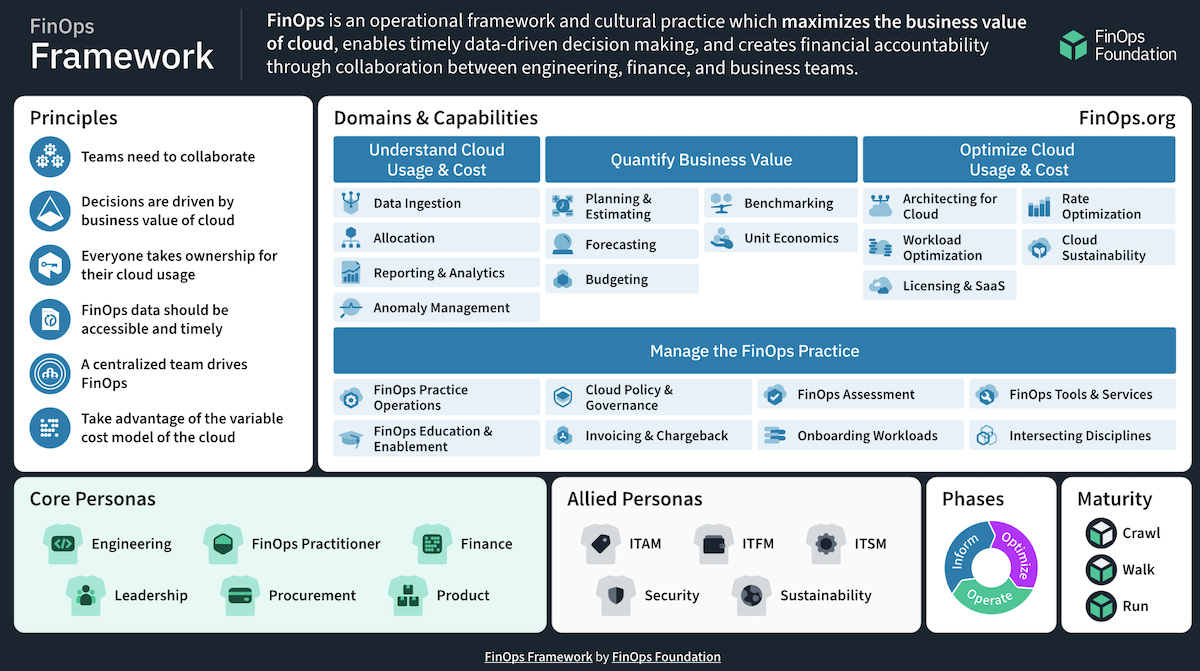
Another interesting trend is to leverage a hybrid cloud or own data center (aka cloud repatriation) for lowering the Cloud Cost footprint or legal/compliance reasons or data sovereignty such as below:
- Uber’s ledger data archival moved from AWS DynamoDB to self-managed blob storage in their data center to save cost.
- Hey’s movement from Cloud to own data center.
To extend the above list further, these are also the technology trends to watch for:
- Decentralization, Metaverse, Blockchain, and Web 3.0
- Quantum Computing
- Spatial Computing
- Augmented and Virtual Reality, Extended Reality (XR)
- Confidential Computing
- Robotics & RPA
- Privacy Enhanced Computation
- Brain-Computer Interfaces (BCIs) with technologies such as Neuralink
To conclude, these are the key top technology trends for 2024 and beyond, which will continue to evolve with new architecture and design patterns. Click on the corresponding links to read about the technology trends published in 2021, 2022, and 2023.
Feel free to share your opinion or thoughts in the comments.
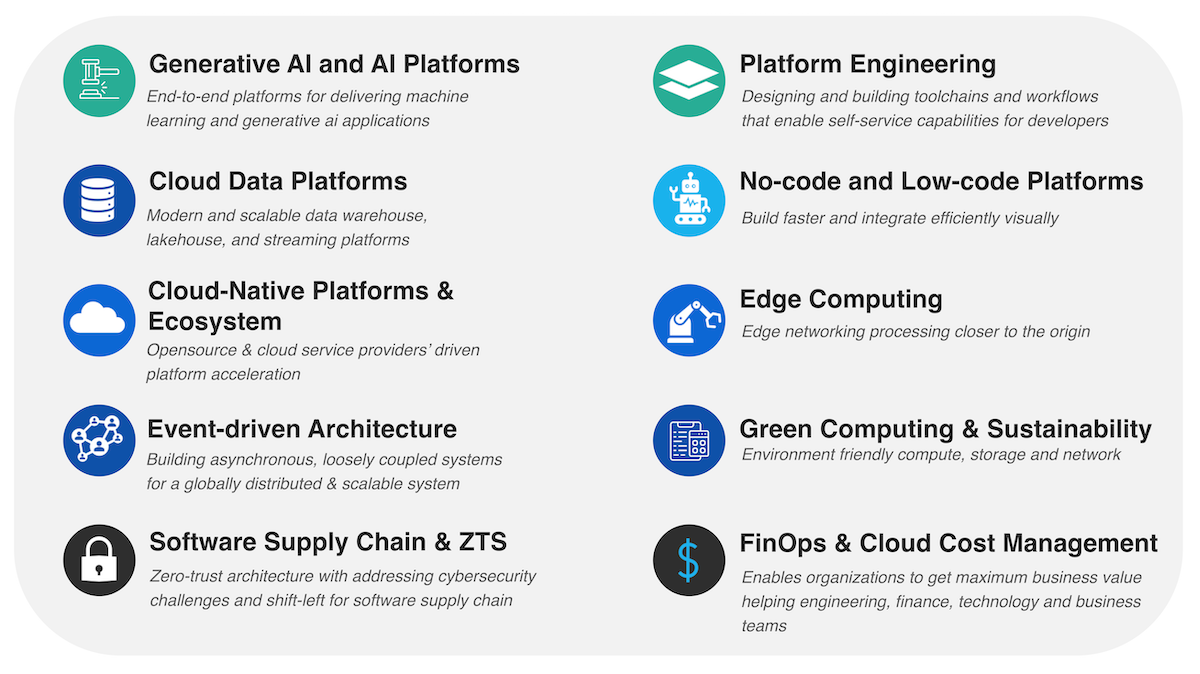
References:
- Gartner Top 10 Strategic Technology Trends for 2024
- Werner Vogels’ Tech Predictions for 2024 and Beyond
- Forrester Predictions 2024
- IDC FutureScape
- Trends in Tech and Computing by IEEE
- CB Insights Tech Trends for 2024
- Deloitte Tech Trends 2024
- Info-Tech Tech Trends 2024
Disclaimer:
All data and information provided on this blog are for informational purposes only. The author makes no representations as to the accuracy, completeness, correctness, suitability, or validity of any information on this blog and will not be liable for any errors, omissions, or delays in this information or any losses, injuries, or damages arising from its display or use. This is a personal view and the opinions expressed here represent my own and not those of my employer or any other organization.

